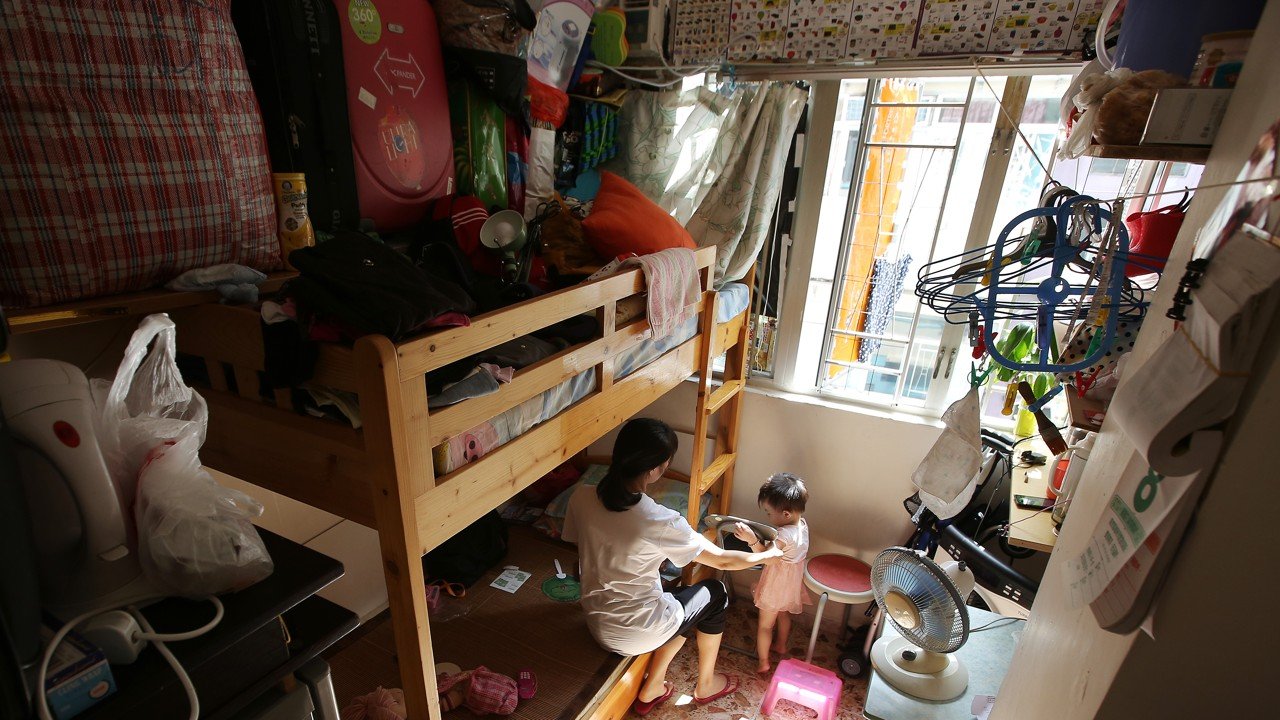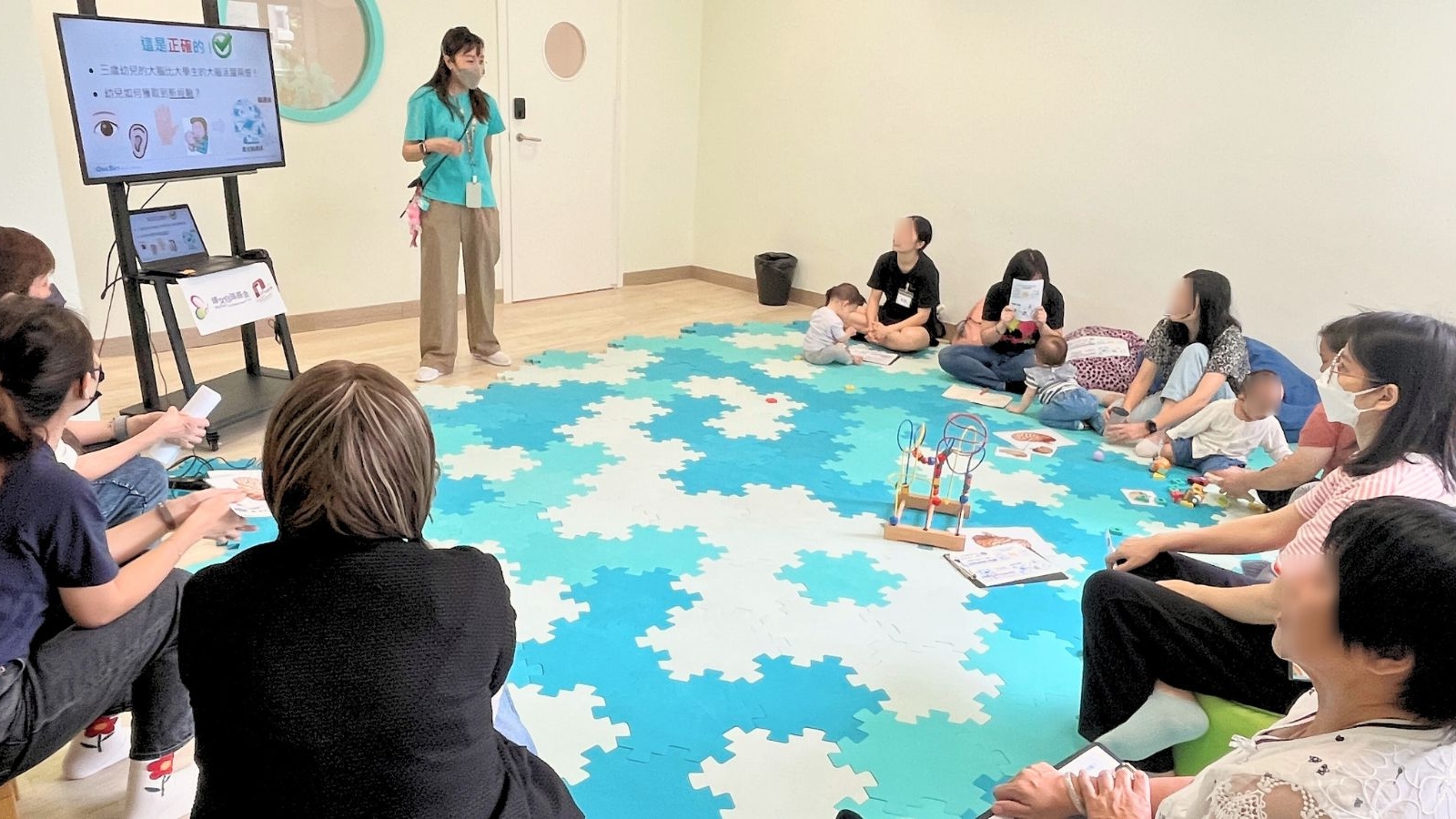Hong Kong’s community living rooms should cater to children’s needs
Susanna Lee, Executive Director, P.C. Lee OneSky Global Centre for Early Childhood Development, wrote to SCMP on the topic of community living rooms transforming the lives of subdivided flat children.
The concept of community living rooms, strongly encouraged by the government, is a promising remedy for the challenges of inadequate housing. It is important to consider the growth and development needs of underprivileged children when designing these social spaces.
When we talk about community living rooms, we often focus on the extended living spaces which provide essential amenities such as the space to cook or shower, and recreational activities that help individuals develop a sense of community. Yet the needs of young children, the elderly and the low-income working class can vary a lot.
For example, children aged six and below are experiencing rapid growth in mind and body. A community living room designed to meet their needs would mitigate the developmental limitations imposed by inadequate housing.
Physically, limited space makes it harder for young children to crawl and learn to balance, increasing the risk of falling as they grow. Mentally, poor soundproofing in subdivided flats forces parents to encourage children to speak softly, suppressing their natural expressions of emotion such as crying or laughing. Besides, many of these flats are located above eateries, where noise and poor air quality disrupt sleep.
Socially, while communities like Sham Shui Po are vibrant, it is rare to find an environment that stimulates children’s learning and development while also empowering caregivers with parenting knowledge and a supportive network.
In Sham Shui Po, where there are over 22,000 subdivided flats and the proportion of children aged three to five is above the Hong Kong average, the demand for child-focused community living rooms is high. These spaces should offer toys, facilities and child-friendly classes that can promote children’s physical and mental development.
To free caregivers from the daily grind of parenting, services such as cafeterias and napping rooms could be offered. Most importantly, these spaces should enable caregivers to raise their children in a safe and comfortable environment.
We need more targeted community living rooms that cater to the diverse yet specific needs of users, including children, where they can spend the whole day, such that the community living room becomes a true extension of their cramped living space.






